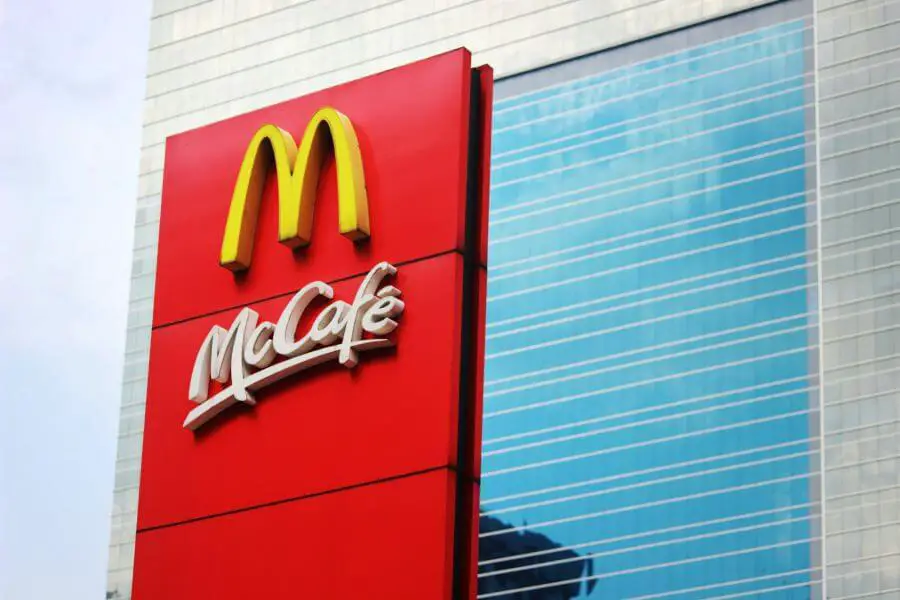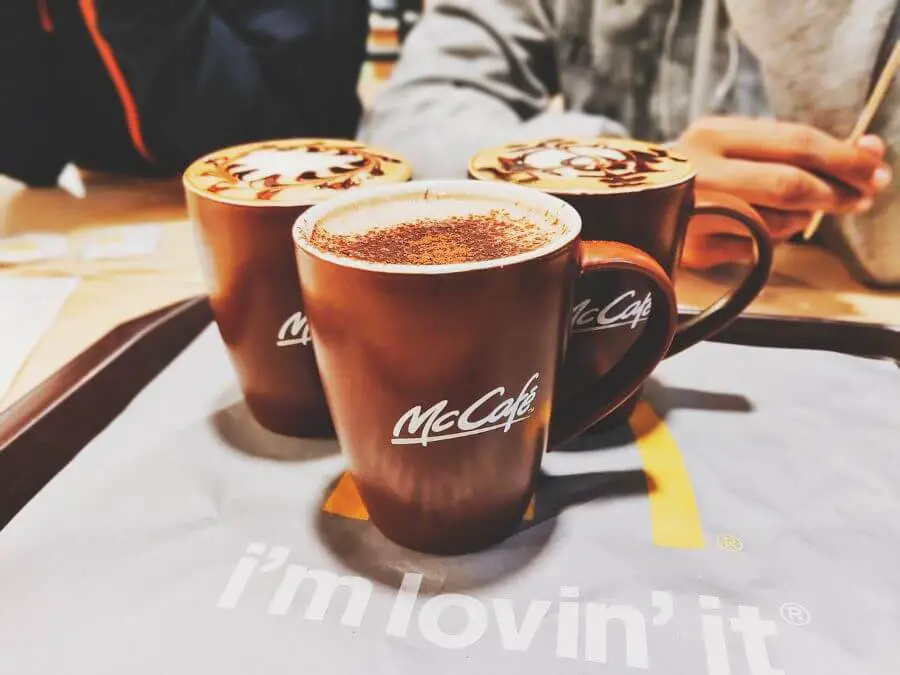In 1994, a highly publicized lawsuit against McDonald’s brought attention to whether customers could sue the fast food chain for injuries caused by hot coffee.

The case, Liebeck v. McDonald’s Restaurants, sparked widespread debate and significantly changed how companies handle product liability. This article will explore the infamous hot coffee case’s background, facts, legal basis, and implications.
The Infamous Hot Coffee Case
Background and Facts
The hot coffee case involved Stella Liebeck, a 79-year-old woman, who suffered severe burns after spilling a cup of McDonald’s coffee on her lap.
Liebeck sued McDonald’s, claiming that the coffee was unreasonably hot and that the company failed to warn about the potential danger adequately.
Impact on Public Perception
The case garnered significant media attention, with many questioning the validity of Liebeck’s claim. Some argue that coffee is supposed to be hot, and consumers should take responsibility for handling it safely.
However, as more details of the case emerged, public perception shifted, highlighting the severity of Liebeck’s injuries and the potential negligence on McDonald’s part.
Understanding the Incident
The Severity of Burns and Injuries
Stella Liebeck suffered third-degree burns on her thighs, groin, and buttocks, requiring extensive medical treatment and multiple surgeries.
The severity of her injuries demonstrated the potential harm that can arise from excessively hot beverages, even if they are commonly consumed.
Investigation into the Incident
Following the incident, an investigation revealed that McDonald’s served its coffee at a temperature significantly higher than industry standards.
The coffee was found to be so hot that it could cause third-degree burns within seconds of contact with the skin. This raised concerns about the company’s duty of care to customers.
Legal Basis for the Lawsuit
Alleged Negligence
Stella Liebeck’s lawsuit against McDonald’s was based on the allegation of negligence. She argued that the company failed to exercise reasonable care in serving its coffee at a dangerously high temperature.
Duty of Care to Customers
Like any other business serving hot beverages, McDonald’s must ensure its products are reasonably safe for consumption. This duty includes adhering to industry standards and providing adequate warnings about known hazards.
Factors in the Case
The temperature of the Coffee
One of the critical factors in the case was the temperature at which McDonald’s served its coffee. The evidence showed that the coffee was held at approximately 180 to 190 degrees Fahrenheit, far hotter than what is considered safe for drinking.
Packaging and Warning Labels
Another aspect considered in the case was the design of McDonald’s coffee cups and the absence of sufficient warning labels.
The lack of clear warnings about the high temperature of the beverage raised questions about whether customers were adequately informed of the potential risks.
Result of the Lawsuit
Jury Verdict and Awarded Damages
In 1994, a jury awarded Stella Liebeck nearly $3 million in punitive damages, intended to punish McDonald’s for its conduct. The verdict reflected the jury’s belief that the company’s actions were reckless and required a substantial penalty.
Reduced Compensation on Appeal
Although the initial jury award was significant, it was later reduced on appeal to a fraction of the original amount.
The final settlement reached between McDonald’s and Stella Liebeck remains undisclosed, but it is understood to have been significantly lower than the initial verdict.
Importance of Warning Labels
Industry-Wide Impact on Packaging
The hot coffee case profoundly impacted the fast food industry and beyond. Following the incident, companies across various sectors reevaluated their packaging and warning label practices to mitigate the risk of similar lawsuits.
Clear and prominent warnings about hot content became more prevalent.
Enhancing Customer Awareness
The case also reminded consumers to exercise caution and be aware of potential risks when handling hot beverages. It emphasized the importance of reading warning labels, using appropriate containers, and taking necessary precautions to prevent accidents.
Consumer Expectations and Safety

Balancing Convenience and Risk
The hot coffee case highlighted the delicate balance between consumer convenience and product safety.
While customers expect their beverages to be served at a suitable temperature, companies must ensure that the products they provide do not pose an unreasonable risk of harm.
McDonald’s and Industry Standards
The case raised questions about whether McDonald’s had followed industry standards in serving its coffee at such a high temperature. It reinforced the idea that companies should align their practices with established norms to uphold consumer safety.
McDonald’s Response to the Case
Changes in Coffee Serving Procedures
In response to the hot coffee case, McDonald’s changed its coffee serving procedures significantly.
The company reduced the temperature at which it serves its coffee and implemented additional measures to prevent similar accidents, such as using improved cup designs and including explicit warning labels on its beverage containers.

Public Perception and Reputation
The hot coffee case had a lasting impact on McDonald’s reputation. Despite the reduced settlement amount, the incident became synonymous with frivolous lawsuits in the public eye.
It served as a cautionary tale for consumers and a reminder to companies about the potential consequences of negligence.
Conclusion
While the hot coffee case against McDonald’s generated significant controversy, it highlighted important legal and safety considerations.
Customers can sue a company if they demonstrate negligence and harm caused by a product. The case underlines the need for companies to prioritize consumer safety, adhere to industry standards, and provide clear warnings about potential risks.
Ultimately, the infamous hot coffee case prompted changes in packaging, warning labels, and serving practices across various industries, making it a landmark case in product liability law.





